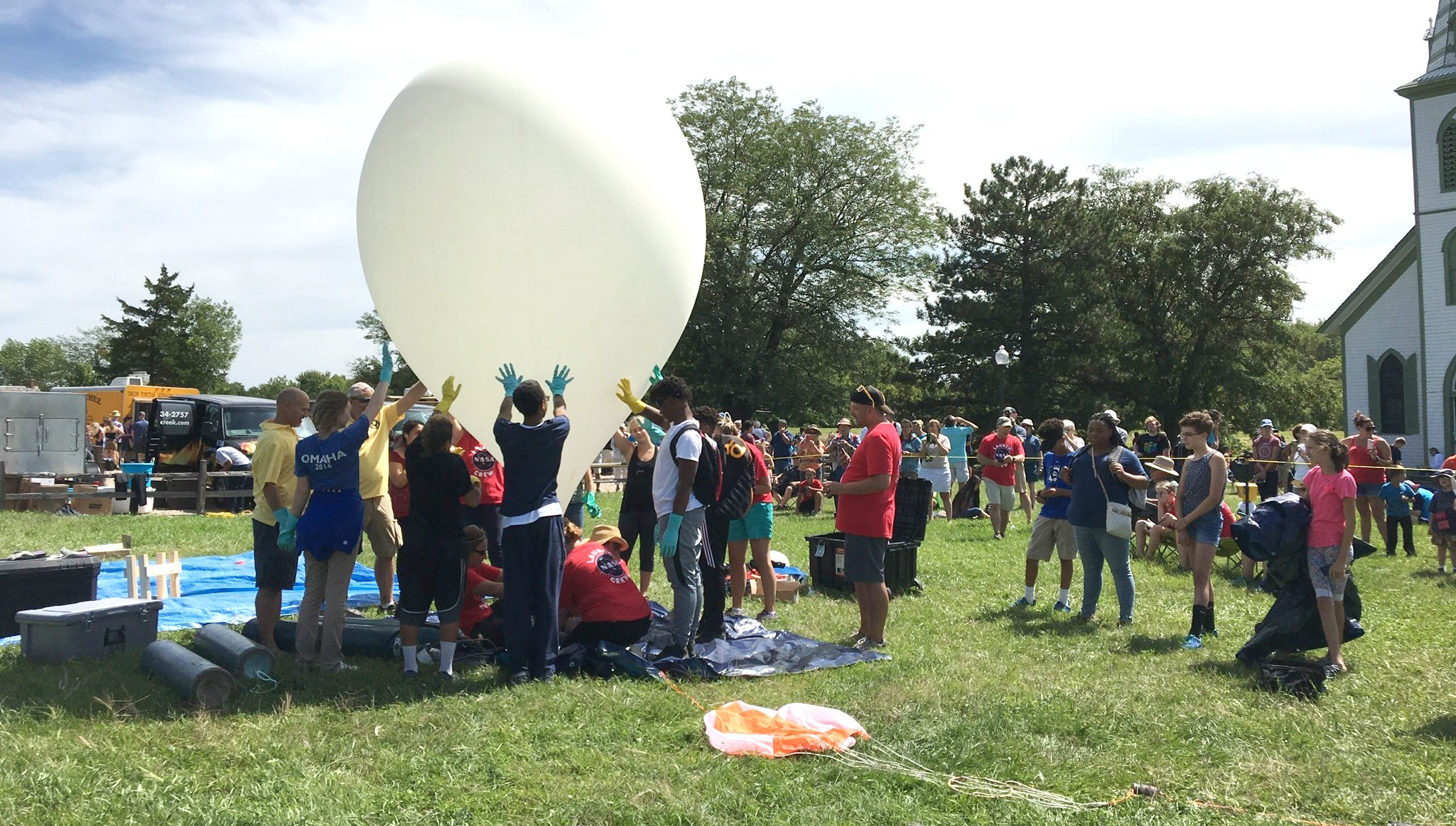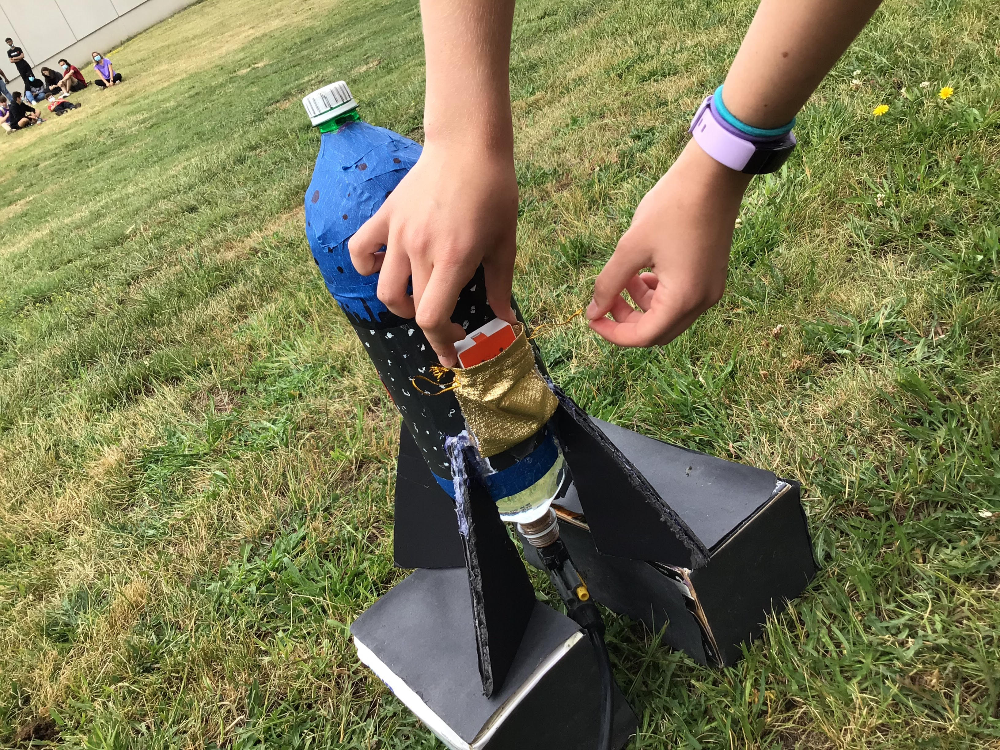PocketLab Experiments: Face Mask Effectiveness Test
Mr. Vandegrift is using a PocketLab Voyager (But you can also use Weather or Air) to show his students the efficacy of face masks. Through data...
2 min read
PocketLab STEM Superstars Mar 19, 2021 8:08:11 PM

NGSS Standards: (Earth's Systems),(Weather and Climate)
John Huber is a rockstar teacher with Omaha Public Schools. He is one of our PocketLab Science Superstars and he has found a unique way to get his students excited about science!
We were lucky enough to be able to interview him and pick his brain about one of his favorite activities to perform with his students, sending weather balloons into the stratosphere.

John starting doing this years ago when he had the opportunity to have his students participate in a weather balloon launch being conducted by NASA. Using PocketLab sensors as part of their package that was attached to the weather balloon, both John and his students came back to the classroom with a ton of data and experiment results to analyze and report on. After that John knew that he had to find a way to do this with future classes.

Working with Omaha Public schools, John helped develop a curriculum for STEM students to do science-based research using high altitude weather balloons.
John also started a camp at the University of Nebraska, Omaha, where he does a week-long event completely focused on a high altitude weather balloon launch and all the science that can be learned from the experience.
John and his district have done over 90 launches with students and each time new and exciting data is collected.
PocketLab sensors are always included in the package, which is what the payload of the balloon is called. The sensors allow the students to have real-world data from the launch, the flight, and the fall.
Using PocketLab Voyager sensor allows them to measure the altitude, acceleration, angular velocity, temperature, humidity, barometric pressure of the atmosphere and weather balloon. With this available data, they can formulate questions to be answered and hypotheses for what they think will happen. An example of an experiment performed by John's students was to measure the effects of altitude on bacteria cultures.
Of course, once the weather balloon goes up, it will eventually come down and you need to be able to find it again to retrieve all of your test equipment. John uses predictive software to analyze weather patterns and the details of the launch to predict where the weather balloon will eventually come down.
A high-altitude weather balloon can travel up to 100,000 feet vertically and over 100 miles horizontally depending on the wind and weather conditions at the time of launch. If a balloon hits a jet stream the right way, it can travel at speeds over 120 miles per hour!
Using a GPS tracker and the predictive software, John and his students have almost always been able to track and retrieve their equipment. The GPS trackers are a form of APRS (Automatic Packet Reporting Systems) and have to be tracked by someone who is certified to do so.
.png?width=624&name=image%20(14).png)
Prior to a launch they even have to call the FAA to register their flight to clear the path of any potential collisions. One of the rules for these launches is that you cannot send up a cell phone that is sending or receiving a cell signal, but Dave brought up a great idea of sending up a non-connected cell phone so that the PocketLabs could save data to the phone in real-time to speed the analysis after retrieval.
Watch the video below to learn more. Links to John's YouTube videos will be below.
Omaha Public Schools Science YouTube Channel
Balloon Launch During American eclipse 2017
UNL husker foot ball game launch
We want to hear from you! If you are doing something interesting, fun, exciting, or unique with the PocketLab system, reach out to us! We LOVE hearing from our PocketLab fans about all the amazing things they have measured or experimented with. Drop us a line using this form.

Mr. Vandegrift is using a PocketLab Voyager (But you can also use Weather or Air) to show his students the efficacy of face masks. Through data...

Project-Based Learning (PBL) is a dynamic classroom approach in which students actively explore real-world problems and challenges and acquire a...

At St-Lambert International High School in Canada, 8th-grade students embarked on an exhilarating scientific journey by launching homemade water...